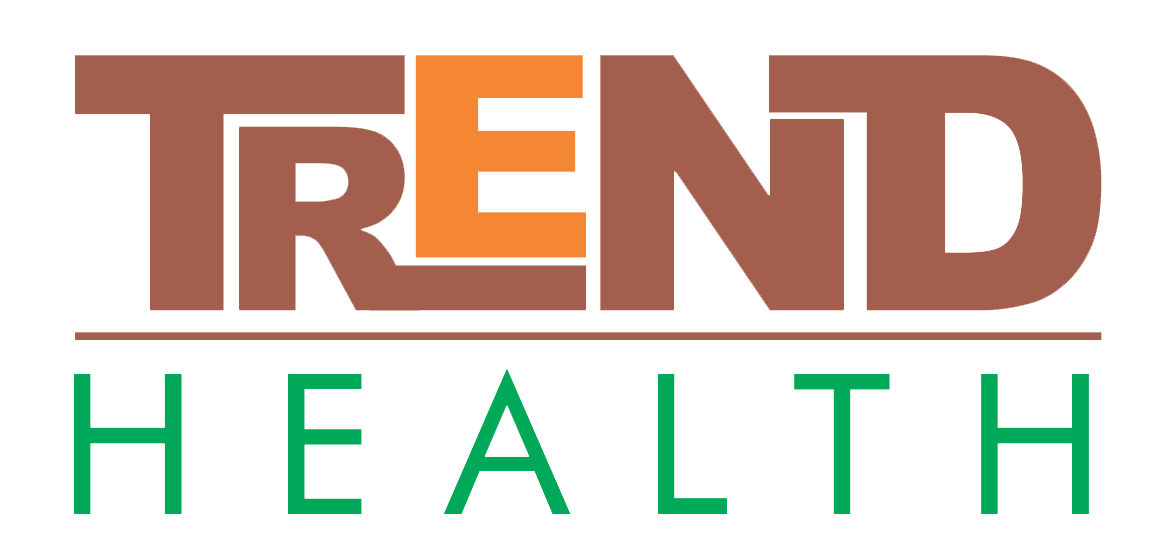The World Health Organization stipulated in 1975 that all diseases transmitted through various sexual contacts are called sexually transmitted diseases. The traditional view is that sexual intercourse is the only way to transmit Sexually Transmitted Diseases, but in fact it is only one way of transmitting Sexually Transmitted Infections. Do you know how STDs can be spread?
Transmission of Sexually Transmitted Infections
Sexual Contact
Sexual contact is the most important way of contagious STDs, among which the vagina. Vaginal sex, oral sex, anal sex, caressing and even kissing and other possible forms of sexual behavior may be infected with STDs.
According to statistics, a woman has sex with a man with gonorrhea once, and the chance of being infected is 60% to 90%. In sexual contact between AIDS patients, homosexuals, and people with multiple sexual partners, the risk of infection will be greater.
Vertical Mother to Child Infection
This is in addition to sexual contact, another main way of transmission of STDs and Sexually Transmitted Infections. Mothers can transmit syphilis , gonorrhea , genital warts (broccoli), genital rash, AIDS, etc. to the fetus or babyduring pregnancy, childbirth, and breastfeeding. For example, pregnant women can transmit syphilis to the fetus through the placenta, causing the newborn to suffer from congenital syphilis.
Contact with Clothing or Utensils
Clothing (such as underwear), bedding, towels, toilets, etc. contaminated by pathogens can also become vectors for the transmission of Sexually Transmitted Infections. Syphilis, gonorrhea, scabies, and trichomoniasis can all be transmitted through this route.
That is to say, children may also be infected with sexually transmitted diseases through items contaminated by their parents (such as towels, diapers, bathtubs, toilet seats, etc.). Sharing toothbrushes, razors and hair cutting tools may also become a vector for the spread of AIDS, especially when these tools are not fully disinfected.
Blood Transmission
Certain sexually transmitted diseases can be spread through blood and blood products, such as AIDS. People who receive HIV-infected blood have a 90% chance of contracting HIV. Before AIDS was widely understood, there were many cases of AIDS after hemophilia patients received concentrated anti-hemophilia globulin treatment.
More Stuff You’ll Love: Early Symptoms of HIV in Men
In areas where HIV testing institutions for blood-damaged persons have not yet been established, the risk of transmission of the virus through blood transfusion is still very high.
Sharing syringes is another way to spread AIDS. The use of contaminated needles or syringes by drug users can also lead to the spread of AIDS.











